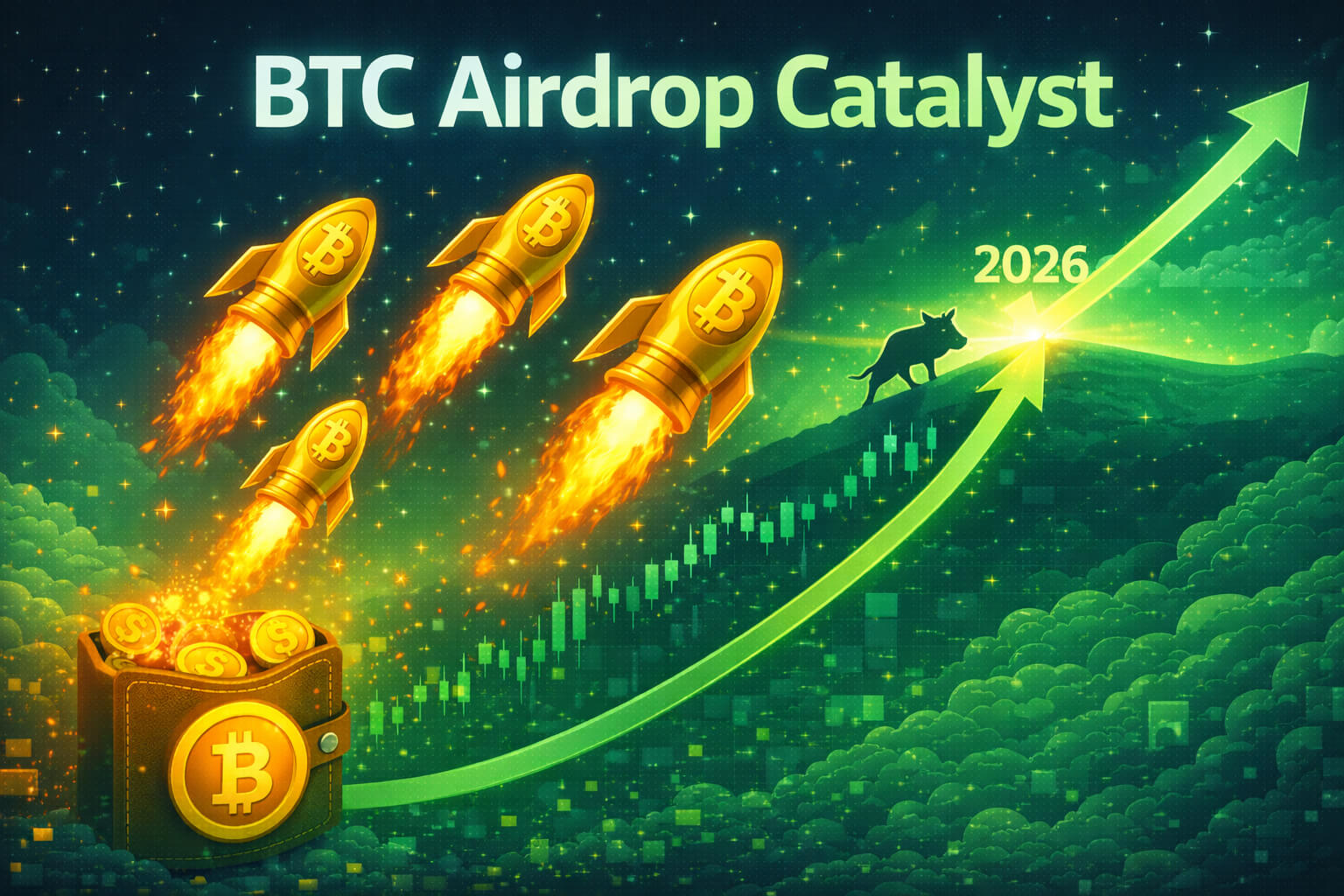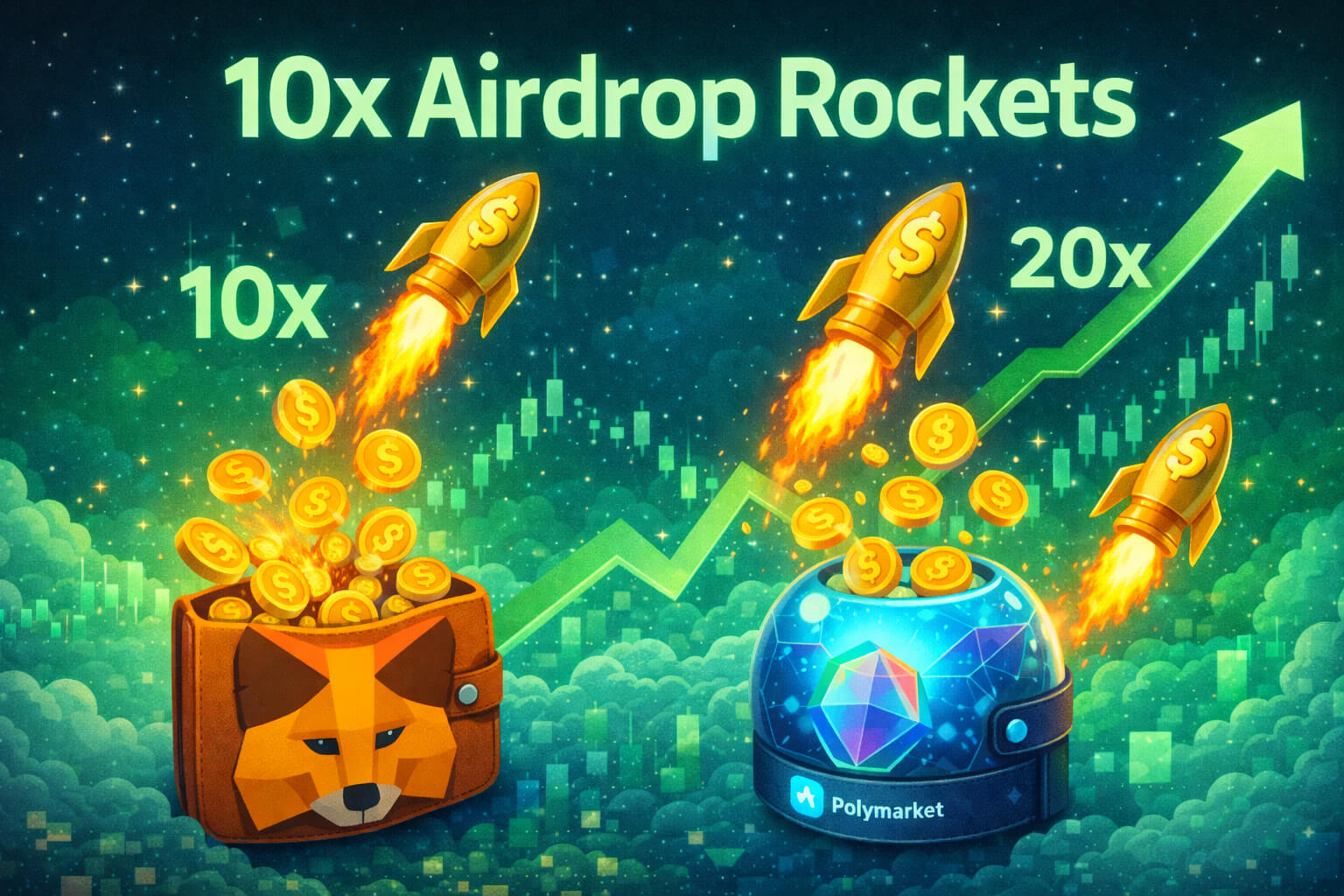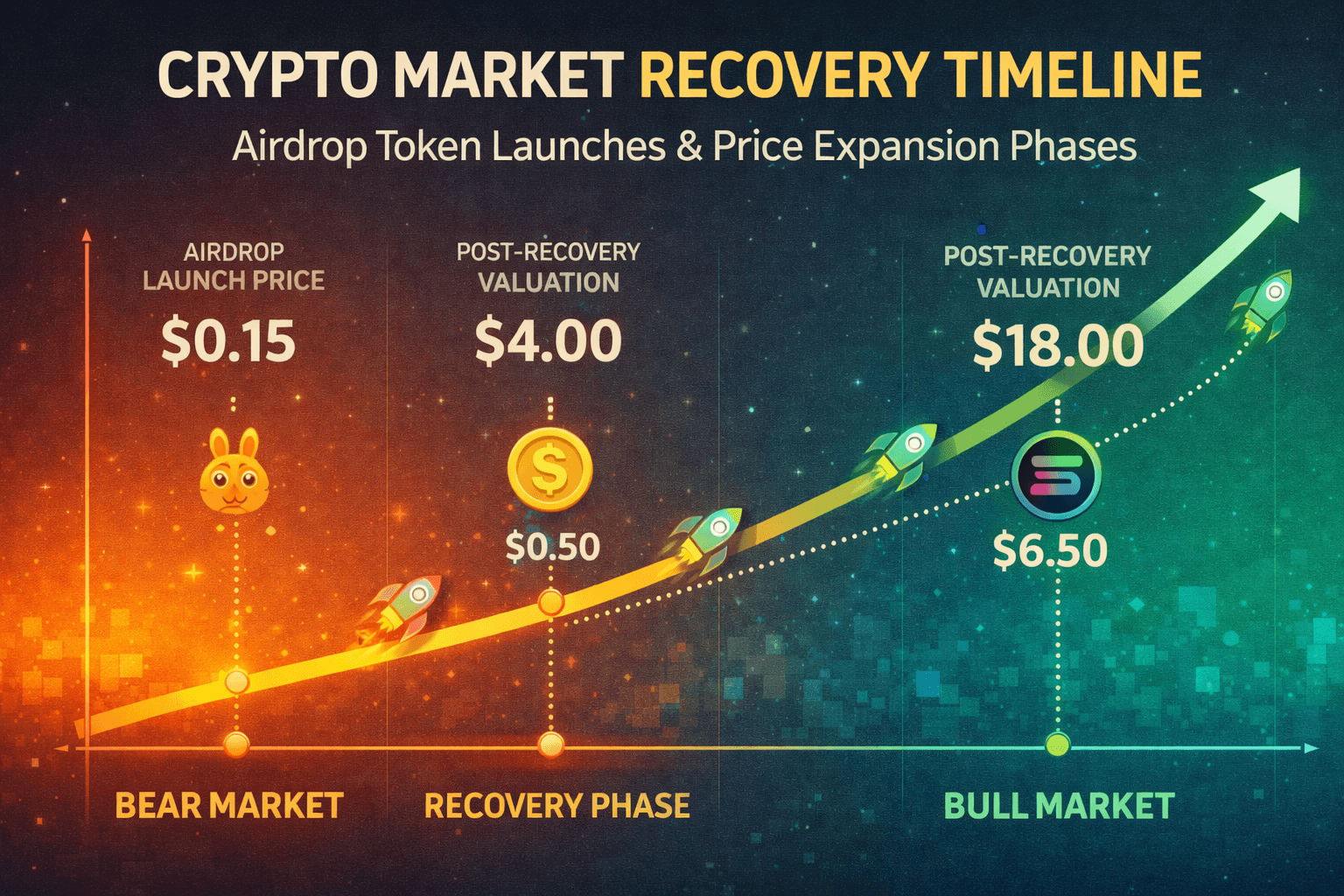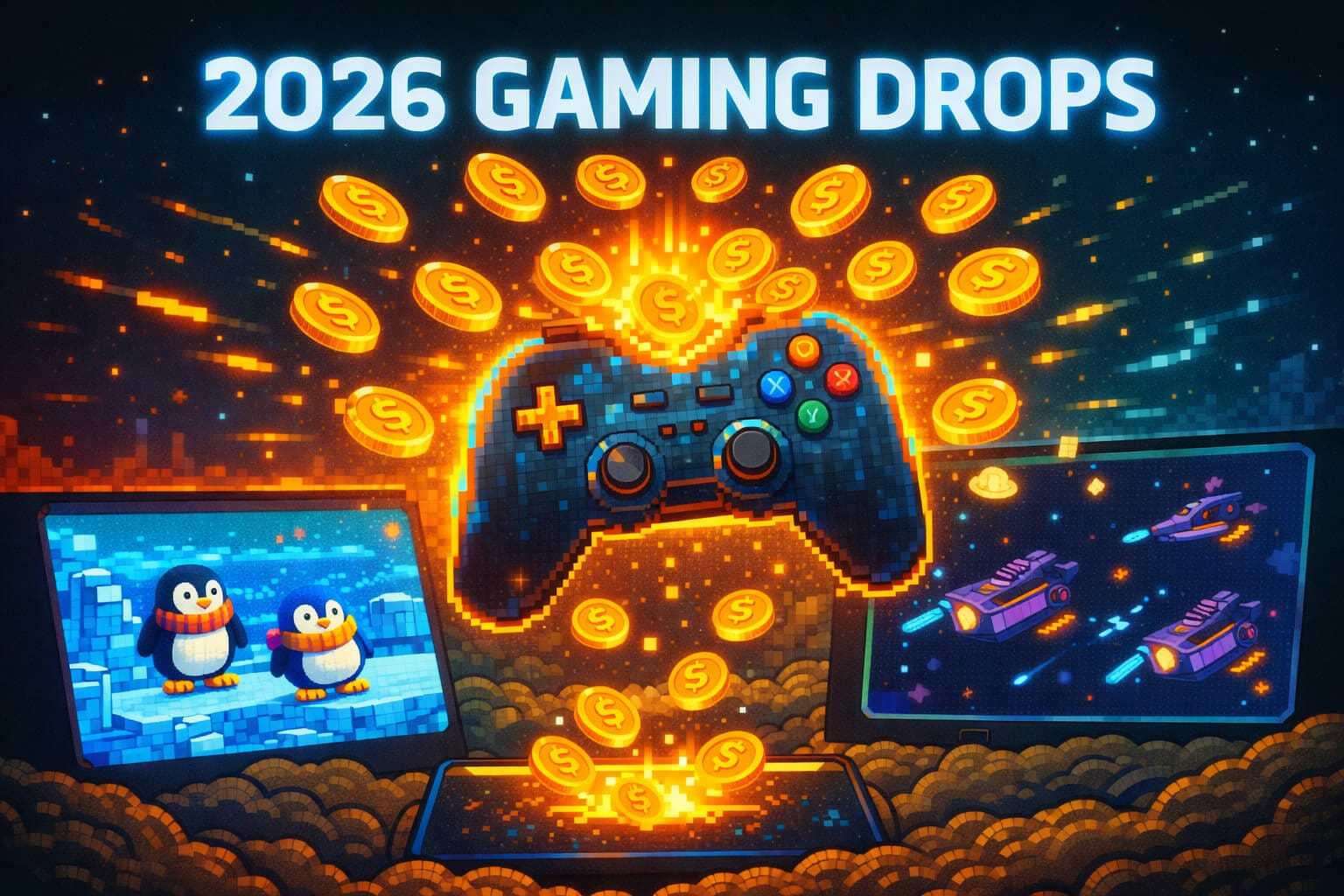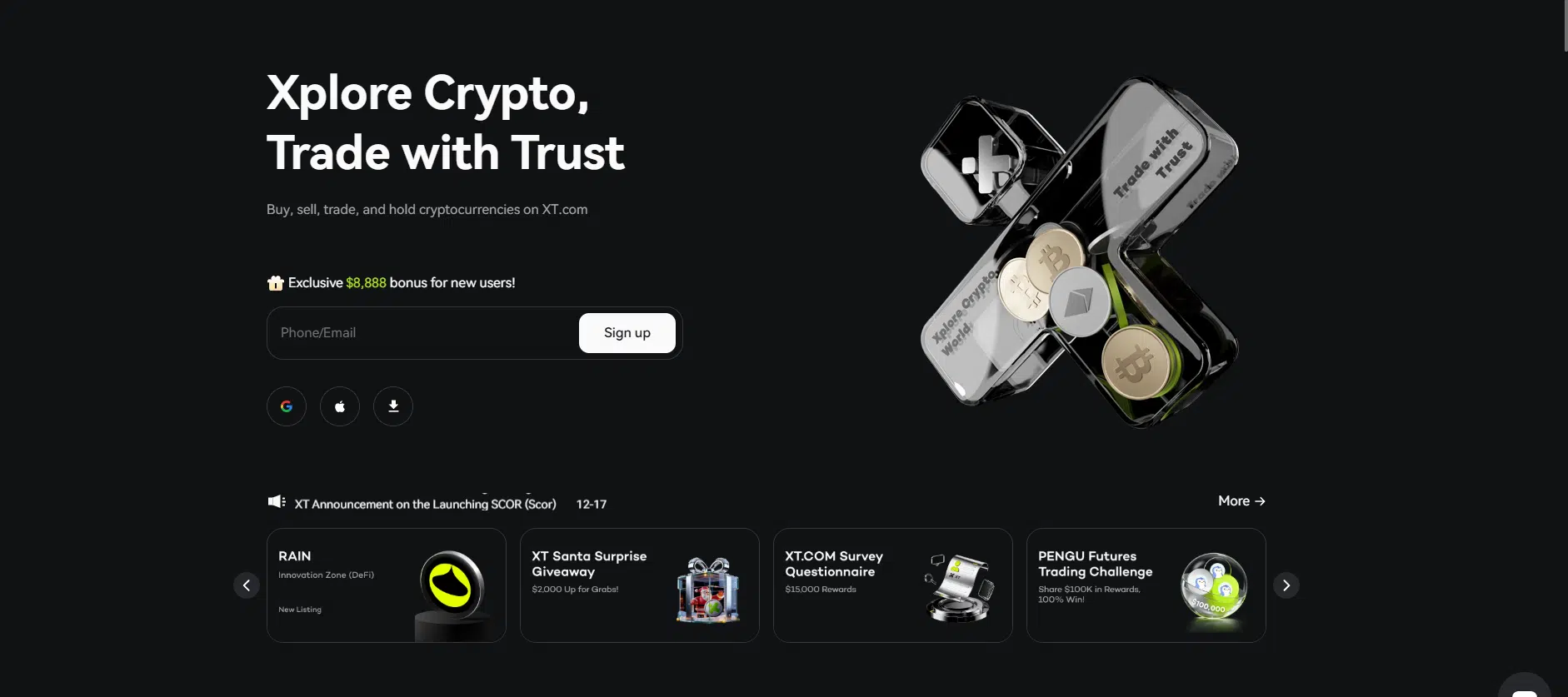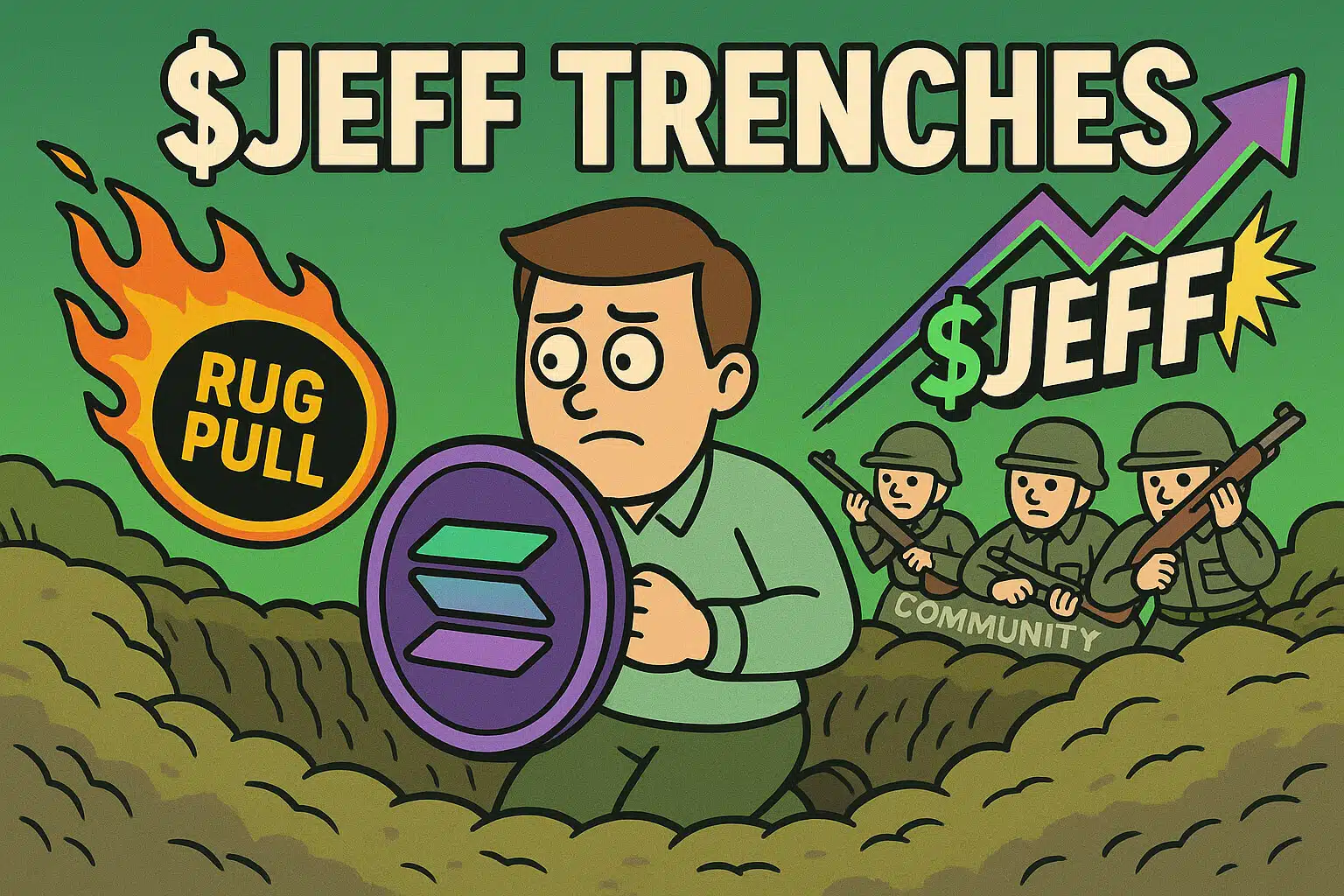The Impact of Blockchain on Financial Inclusion: Empowering the Underserved
Introduction
Financial inclusion remains a critical challenge in today’s world, with billions of people lacking access to essential financial services. Traditional financial systems often fail to reach underserved populations due to barriers such as high costs, geographical limitations, and lack of necessary documentation. Blockchain technology, with its decentralized, transparent, and secure nature, is emerging as a powerful tool to overcome these barriers. By providing innovative financial solutions, blockchain is empowering the unbanked and underbanked, offering them opportunities to participate in the global economy. This blog explores the impact of blockchain on financial inclusion and how it is transforming the lives of underserved populations.
The Financial Inclusion Challenge
Despite significant advancements in financial technology, a large portion of the global population remains financially excluded. According to the World Bank, approximately 1.4 billion adults worldwide do not have access to a bank account. This financial exclusion hinders economic growth and perpetuates poverty by limiting individuals’ ability to save, borrow, and invest.
Several factors contribute to this challenge:
- High Transaction Costs: Traditional banking services often come with high fees, making them inaccessible to low-income individuals.
- Geographical Barriers: Many underserved populations live in remote areas with limited access to banking infrastructure.
- Lack of Documentation: The lack of formal identification or credit history prevents many people from opening bank accounts or accessing credit.
- Trust Issues: In regions with unstable economies or corrupt financial systems, people may distrust traditional banking institutions.
These challenges underscore the need for alternative financial solutions that can bridge the gap and provide inclusive financial services to everyone.
How Blockchain is Transforming Financial Inclusion
Blockchain technology addresses many of the barriers to financial inclusion by offering a decentralized and accessible platform for financial transactions. Here’s how blockchain is revolutionizing financial services for the underserved:
1. Low-Cost Transactions
Blockchain significantly reduces the cost of financial transactions by eliminating intermediaries and enabling peer-to-peer transfers. This reduction in transaction fees makes financial services more affordable for low-income individuals.
How It Works:
- Peer-to-Peer Transfers: Blockchain facilitates direct transactions between users without the need for banks or other financial intermediaries. This peer-to-peer model reduces transaction fees and makes money transfers more accessible.
- Cryptocurrencies: Blockchain-based cryptocurrencies, such as Bitcoin and Ethereum, enable low-cost international remittances, allowing individuals to send and receive money across borders with minimal fees.
Low-cost transactions through blockchain empower underserved populations to participate in the global economy without being burdened by high fees. To learn more about how blockchain is reducing costs in various industries, visit our blog on The Impact of Blockchain on Supply Chain Transparency.
2. Access to Financial Services for the Unbanked
Blockchain provides a secure and accessible platform for delivering financial services to the unbanked, who lack access to traditional banking infrastructure. Through blockchain, individuals can access services such as savings, loans, and insurance without needing a bank account.
How It Works:
- Decentralized Finance (DeFi): DeFi platforms, built on blockchain technology, offer financial services such as lending, borrowing, and earning interest without requiring a traditional bank account. Users can interact with DeFi platforms using just an internet connection and a digital wallet.
- Mobile Wallets: Blockchain-based mobile wallets allow individuals to store, send, and receive digital assets securely. These wallets can be accessed from smartphones, making financial services available to people in remote areas.
By providing access to financial services, blockchain helps to bridge the gap for the unbanked and promote economic inclusion. For insights into how blockchain is creating decentralized solutions, check out our post on The Future of Blockchain in the Internet of Things (IoT).
3. Secure and Transparent Transactions
One of the significant advantages of blockchain is its ability to provide secure and transparent transactions. This feature is particularly valuable in regions with unstable economies or corrupt financial systems.
How It Works:
- Immutable Ledger: Blockchain records all transactions on an immutable ledger, ensuring that they cannot be altered or tampered with. This transparency builds trust and provides a reliable record of financial transactions.
- Identity Verification: Blockchain can be used to create secure digital identities, allowing individuals without traditional identification to access financial services. This feature is especially important in developing regions where formal identification is often lacking.
Secure and transparent transactions through blockchain help to build trust in financial systems and ensure that individuals can engage in economic activities without fear of fraud or corruption. To explore more on blockchain’s role in enhancing security, visit our blog on The Role of Blockchain in Enhancing Cybersecurity.
4. Financial Empowerment Through Tokenization
Tokenization, enabled by blockchain technology, allows assets to be digitized and traded in smaller units, making investment opportunities more accessible to underserved populations.
How It Works:
- Fractional Ownership: Blockchain enables the tokenization of assets such as real estate, art, or commodities, allowing individuals to purchase fractional ownership. This approach lowers the barrier to entry for investments and enables more people to build wealth.
- Micro-Investments: Through tokenized assets, individuals can make micro-investments, which are smaller, more manageable financial commitments. This democratizes access to investment opportunities and helps individuals grow their financial resources.
Financial empowerment through tokenization allows underserved populations to participate in investment opportunities that were previously out of reach. For a deeper understanding of how blockchain is democratizing investment, read our blog on How Blockchain Is Revolutionizing the Real Estate Industry.

Real-World Applications of Blockchain in Financial Inclusion
Several organizations and platforms are already leveraging blockchain technology to promote financial inclusion around the world. Here are a few examples:
1. Celo: Mobile-First Blockchain for Financial Inclusion
Celo is a mobile-first blockchain platform designed to make financial tools accessible to anyone with a smartphone. By using stablecoins and blockchain technology, Celo enables users to send and receive payments, access savings, and earn rewards, all from their mobile devices.
2. BitPesa: Blockchain for Cross-Border Payments in Africa
BitPesa is a blockchain-based platform that provides low-cost, fast, and secure cross-border payments in Africa. By leveraging blockchain technology, BitPesa reduces the cost of remittances and facilitates trade across African borders.
3. BanQu: Blockchain for Economic Identity
BanQu is a blockchain-based platform that helps individuals in poverty-stricken areas build economic identities. By creating a secure and verifiable record of transactions, BanQu enables people without traditional identification to access financial services, such as loans and insurance.
These platforms demonstrate how blockchain is being used to empower underserved populations and promote financial inclusion. For more on how blockchain is transforming industries, check out our blog on The Role of Blockchain in Combating Counterfeit Goods.
The Future of Blockchain in Financial Inclusion
As blockchain technology continues to evolve, its impact on financial inclusion will likely grow. The adoption of blockchain-based financial services is expected to increase, driven by the need for more accessible, affordable, and secure solutions. Additionally, as more governments and organizations recognize the benefits of blockchain, we can expect to see increased collaboration and innovation in this space.
In the future, blockchain could become the standard for delivering financial services to underserved populations, ensuring that everyone has the opportunity to participate in the global economy. This evolution will not only reduce poverty but also foster economic growth and development in regions that have been historically excluded from traditional financial systems.
Conclusion
Blockchain technology is playing a crucial role in promoting financial inclusion by providing secure, transparent, and accessible financial services to underserved populations. Its decentralized nature allows for low-cost transactions, access to financial services without traditional banking infrastructure, and the empowerment of individuals through tokenization. As blockchain continues to evolve, its role in financial inclusion will become increasingly significant, helping to bridge the gap and create a more inclusive global economy.
FAQs
1. How does blockchain promote financial inclusion?
Blockchain promotes financial inclusion by offering low-cost, secure, and accessible financial services, particularly to underserved populations who lack access to traditional banking infrastructure.
2. Can blockchain provide financial services to the unbanked?
Yes, blockchain can provide financial services to the unbanked by enabling access to decentralized finance (DeFi) platforms, mobile wallets, and other blockchain-based solutions without the need for a traditional bank account.
3. What is tokenization, and how does it relate to financial inclusion?
Tokenization is the process of converting assets into digital tokens on the blockchain, allowing for fractional ownership and micro-investments. This democratizes access to investment opportunities and promotes financial inclusion.
4. Are there real-world examples of blockchain promoting financial inclusion?
Yes, platforms like Celo, BitPesa, and BanQu are already using blockchain to provide financial services to underserved populations, demonstrating the technology’s potential to promote financial inclusion globally.
For more insights and detailed guides on cryptocurrency, visit our Crypto Guides Section.
Stay Updated
For the latest updates on cryptocurrency trends and news, follow us on:
- Twitter: https://twitter.com/FreeCoins24
- Telegram: https://t.me/freecoins24
Stay informed with the latest strategies and insights in the world of cryptocurrency at FreeCoins24.io.
Special Offer
For an enhanced trading experience, consider Bybit. Sign up through our referral link to unlock exclusive rewards, including up to $30,000 in deposit bonuses, and elevate your trading journey.






